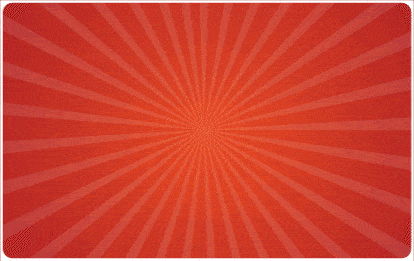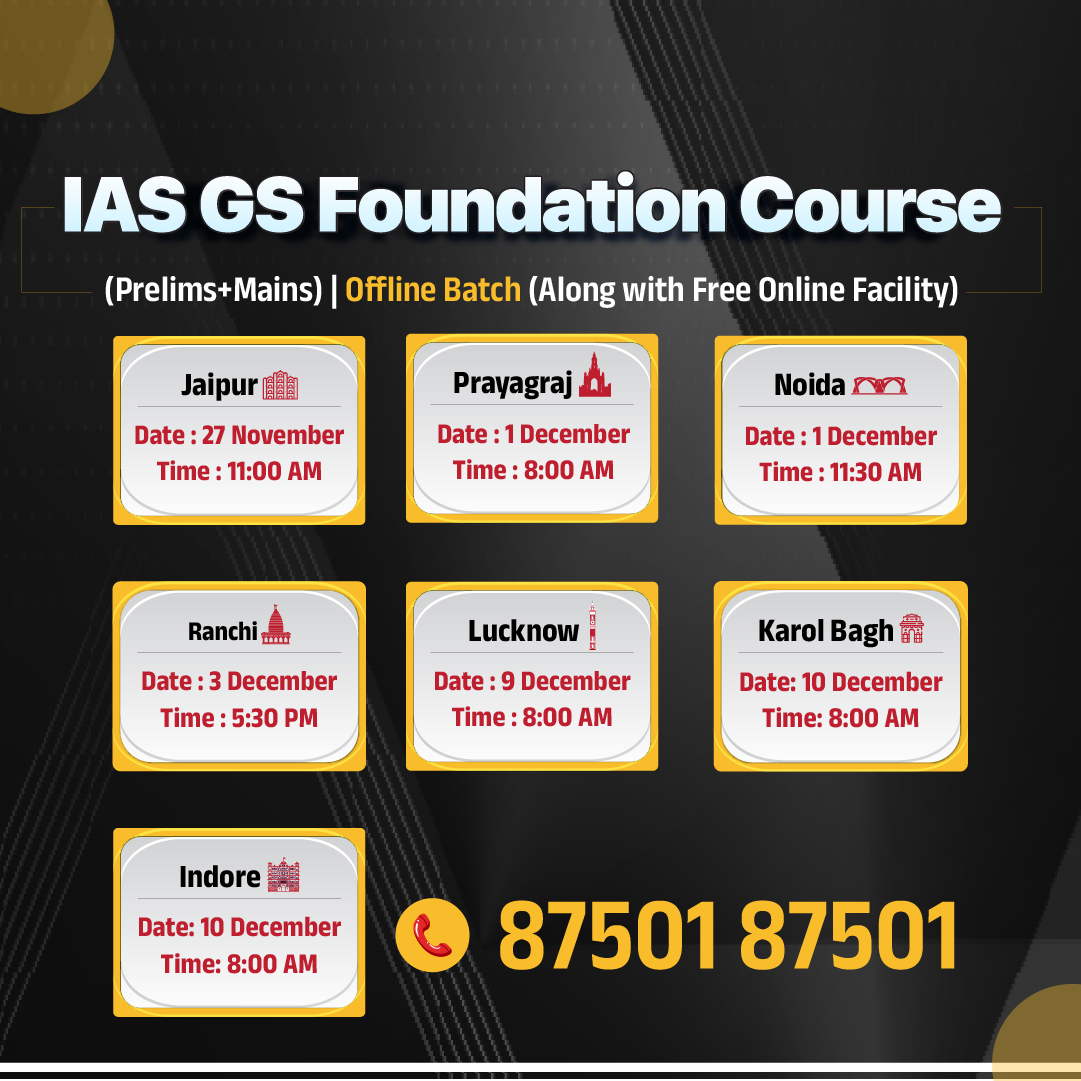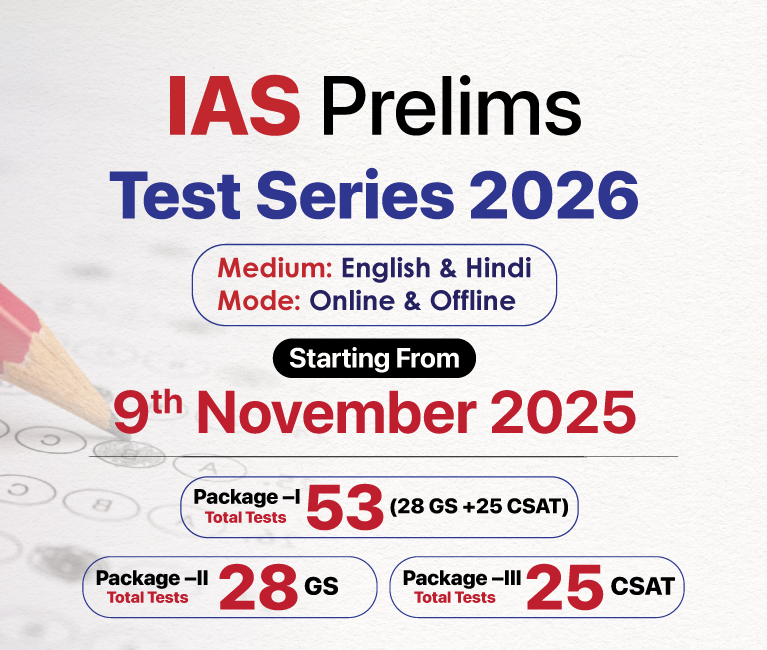Haryana Switch to Hindi
Rise in Consumption of Urea and Di-Ammonium Phosphate (DAP)
Why in News?
The Ministry of Agriculture and Farmers Welfare has expressed concern over the sharp increase in urea and di-ammonium phosphate (DAP) consumption during the ongoing rabi season (2024-25) in multiple states, including Haryana, Gujarat, Bihar, Jharkhand, Chhattisgarh, Himachal Pradesh, Karnataka, and J&K.
Key Points
- Rising Urea and DAP Consumption:
- Urea and DAP are essential for agricultural productivity, and India relies on imports to meet domestic demand.
- The Agriculture Secretary in a letter to Haryana’s Chief Secretary highlighted excessive fertiliser consumption in some districts.
- He noted that usage had surpassed both the assessed monthly requirement and the previous year’s figures, indicating an imbalance.
- Urea Consumption Trends:
- Haryana’s urea usage rose by 18% compared to the past three-year average, reaching 11,07,205 metric tonnes (MT) from 9,40,549 MT.
- Highest increases were recorded in:
- Charkhi Dadri – 107%
- Yamunanagar – 32%
- Sonepat – 30%
- Other states also recorded significant increases in urea consumption:
- Jharkhand – 35%
- Chhattisgarh – 37%
- J&K – 24%
- Karnataka – 20%
- Bihar – 17%
- Gujarat – 2%
- DAP Consumption Trends:
- Haryana’s DAP usage increased by 18%, reaching 3,25,416 MT from the previous three-year average of 2,75,934 MT.
- Districts with the highest surge:
- Charkhi Dadri – 184%
- Mahendragarh – 65%
- Yamunanagar – 55%
- Ambala – 48%
- Panchkula – 39%
- Rewari – 34%
- Jhajjar – 30%
- Other states also saw notable increases in DAP usage:
- Chhattisgarh – 30%
- Gujarat – 25%
- Bihar – 17%
- Concerns Over Fertiliser Diversion:
- The Ministry of Chemicals and Fertilisers flagged potential diversions in January.
- Haryana’s Director of Agriculture, Rajnarayan Kaushik, acknowledged that urea might be diverted to industries.
- Factors Driving Increased Usage:
- Paddy Stubble Management: Farmers now use 25-45 kg of urea per acre to manage paddy stubble.
- Nitrogen (N), phosphorus (P), and potassium (K)Fertiliser Usage:
- Consumption rose from 26,000 MT last year to 66,000 MT this season.
- Since NPK has lower nitrogen content than DAP, farmers compensate by using additional urea.
- High-Nitrogen Wheat Varieties:
- Wheat varieties like WH 1270, DBW 187, 303, and 327 require 1.5 times more nitrogen than older varieties.
- Farmers, expecting higher yields, tend to use more urea.
- These varieties now cover an estimated 2.50 lakh acres in Haryana.
- Inter-State Fertiliser Movement:
- Reports indicate fertilisers are being transported to Punjab and Uttar Pradesh from Haryana.
- Some fertilisers are also being diverted to the plywood industry, claimed Rakesh Bains of the Bhartiya Kisan Union (Charuni group).
DAP (Di-Ammonium Phosphate)
- DAP is the second most commonly used fertilizer in India after urea.
- DAP is a preferred fertilizer in India because it contains both Nitrogen and Phosphorus which are primary macro-nutrients and part of 18 essential plant nutrients.
- Fertilizer grade DAP contains 18% Nitrogen and 46% Phosphorus. It is manufactured by reacting Ammonia with Phosphoric acid under controlled conditions in fertilizer plants.
Urea
- Urea is a white crystalline compound commonly used as a synthetic fertilizers in agriculture.
- When applied to the soil or crops, urea is broken down by enzymes into ammonia and carbon dioxide.
- The ammonia then gets converted into ammonium ions, which can be taken up by plant roots and used for growth and development.




.png)








.png)


.jpg)



 PCS Parikshan
PCS Parikshan

